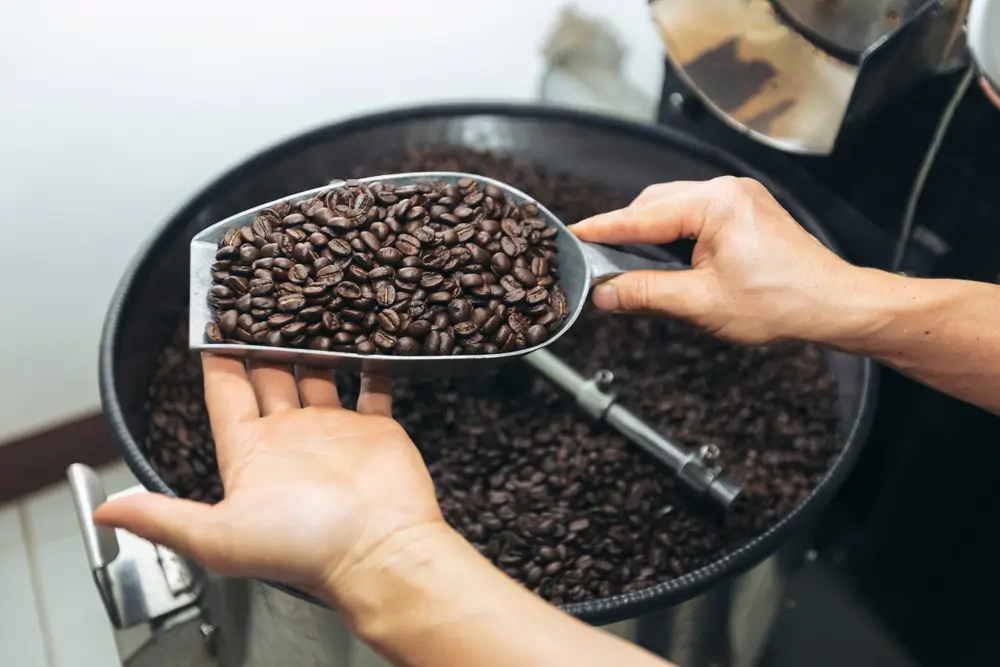Coffee enthusiasts often find themselves debating between Arabica and Robusta coffee beans. Both varieties have their unique characteristics and flavor profiles, leaving many wondering which one is best suited to their preferences. In this guide, we’ll explore the differences between Arabica and Robusta coffee beans, helping you make an informed decision about your daily brew
Key Takeaways
- Arabica: Known for delicate, complex flavors; thrives in cooler, high-altitude climates.
- Robusta: Offers bold, earthy flavors; more caffeine; grows well in diverse climates.
- Choose based on preference for flavor complexity (Arabica) or strength and caffeine (Robusta).
Understanding Arabica and Robusta Coffee Beans
Before we delve into the comparison, let’s address some common questions and concerns about Arabica and Robusta coffee beans:
- What are Arabica and Robusta coffee beans?
- Arabica and Robusta are two of the most widely cultivated species of coffee plants. Arabica beans are known for their delicate flavor profiles and aromatic qualities, while Robusta beans are prized for their bold, earthy flavor and higher caffeine content.
- What factors influence the taste and quality of coffee beans?
- Several factors, including altitude, climate, soil, and processing methods, can influence the taste and quality of coffee beans. Arabica and Robusta beans grown in different regions may exhibit unique flavor profiles due to these environmental factors.
- How do Arabica and Robusta beans differ in terms of taste and aroma?
- Arabica beans are renowned for their smooth, complex flavors, often described as fruity, floral, and acidic, with hints of chocolate or nuts. In contrast, Robusta beans tend to have a stronger, more bitter taste, with earthy and woody undertones.
Comparing Arabica and Robusta Coffee Beans:
Now, let’s compare the key characteristics of Arabica and Robusta coffee beans:
| Characteristic | Arabica | Robusta |
| Flavor Profile | Smooth, complex flavors with fruity, floral, and acidic notes. | Strong, bold flavors with earthy, woody, and bitter undertones. |
| Caffeine Content | Lower caffeine content compared to Robusta beans. | Higher caffeine content, making it popular for espresso blends. |
| Growing Conditions | Thrives in higher altitudes with cooler temperatures and ample rainfall. | Tolerates a wider range of climates and is more resistant to pests and diseases. |
| Bean Appearance | Oval-shaped, larger beans with a smoother surface. | Round-shaped, smaller beans with a more irregular surface. |
Choosing the Right Coffee Bean Variety
When selecting between Arabica and Robusta coffee beans, consider your taste preferences and brewing methods:
- If you prefer a smoother, more nuanced flavor profile, opt for Arabica beans.
- If you enjoy a stronger, more intense coffee experience, Robusta beans may be the better choice.
- Experiment with different blends and ratios to find the perfect balance of flavor and caffeine content for your palate.
Conclusion
Arabica and Robusta coffee beans each offer unique characteristics and flavor profiles, catering to a wide range of coffee lovers’ preferences. Whether you prefer the delicate complexity of Arabica or the bold intensity of Robusta, understanding the differences between these two varieties can enhance your coffee-drinking experience.
Explore different brewing methods and recipes for a perfect cup of coffee every time.


